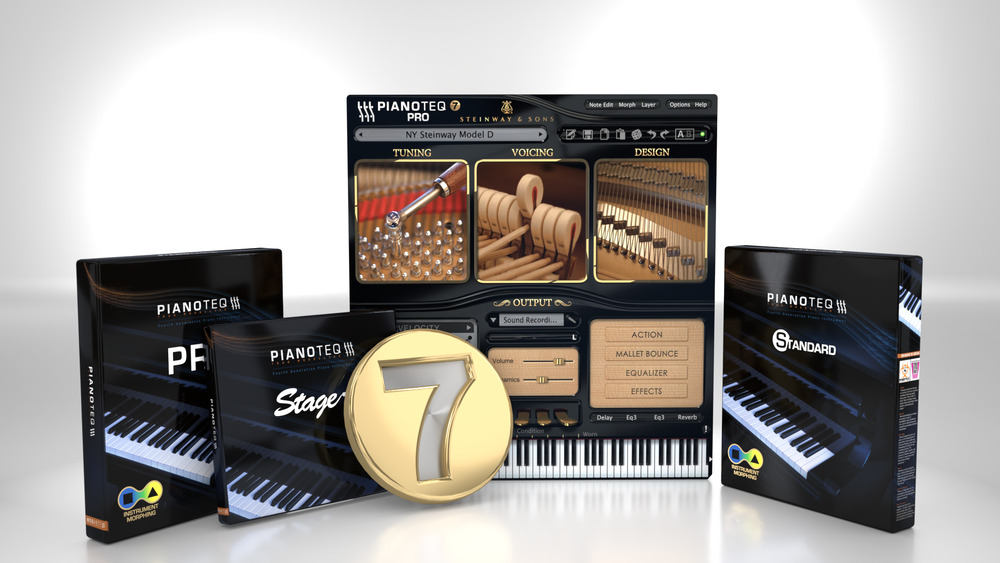

Pianoteq is a tweakers delight for the dedicated single instrument piano player but is way overkill for just putting a piano in a mix. I tend to use other pianos more because they are easier to quickly adjust. But in a busy mix, I can swap it out with other piano's and they will suit just as well. Playing Pianoteq as a Psuedo piano on a midi keyboard by itself or with a sparse mix is very nice, it sounds and feels good. If some notes are sticking out, I even it out through manipulating velocity values a bit before applying compression and having 12 - 18 layers is fine for that, compression mops up the rest. I tend to use velocity layers as a sort of psuedo compression anyway. Modeled Virtual Piano Plug-in with 192kHz Audio Quality, 30 Adjustable Parameters, 5 Mic Positions, and 16 Instrument Packs - Mac/PC VST, AU, AAX Native, NKS. Ultimately you are going to even out the velocities through compression anyway to fit it in the mix. MODARTT Pianoteq 7 Studio Bundle Virtual Instrument Software. However, when it comes to playing back midi files for piano and mixing them in, there is less of a difference because you don't need many velocity layers in order to mix in the pianos (unless it's by itself, which is advantageous). There is a massive difference when you are comparing the two in relation to directly playing, for example if you are learning to play piano or want to sharpen your technique.

NI's pianos have somewhere between 12 and 18 velocity layers. What it means is there is a very responsive feel when you play it. Pianoteqs latest instrument is a virtual copy based on a Michelsonne toy piano, praised for its beautiful and unique sound. I think it's the only VST piano that does that. The nice thing about Pianoteq is that because it is modelled and not sampled, you get access to all 127 midi velocities.


 0 kommentar(er)
0 kommentar(er)
